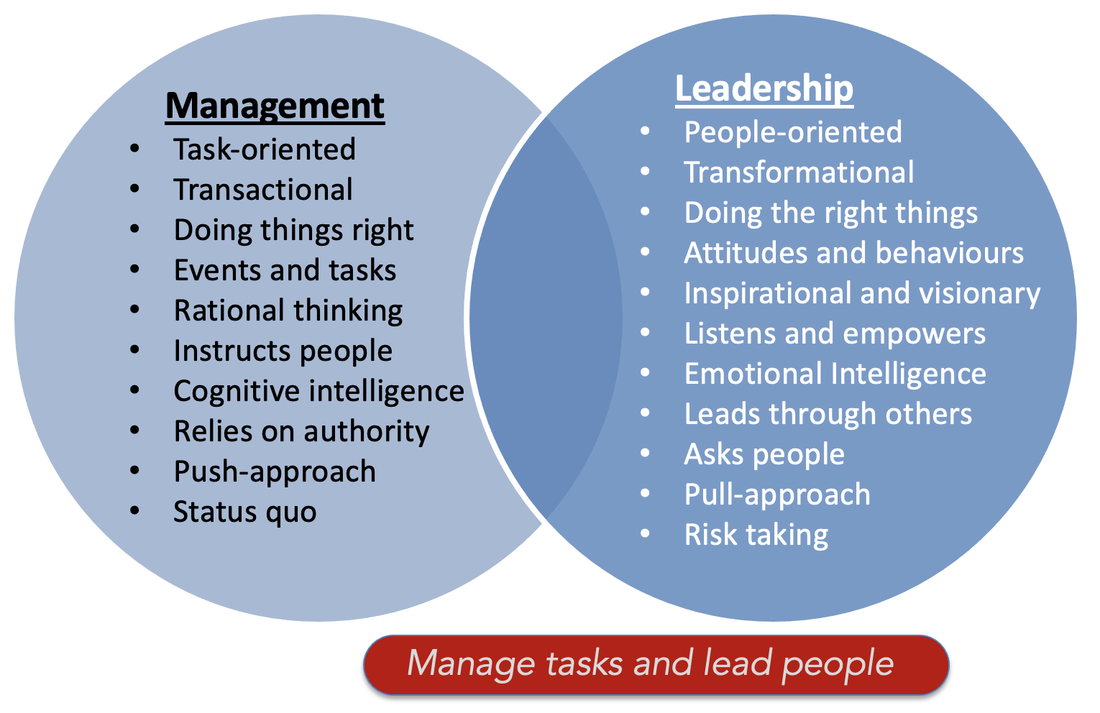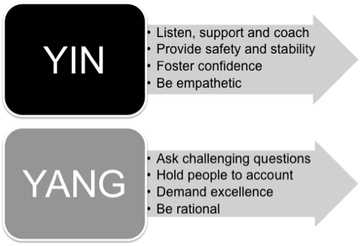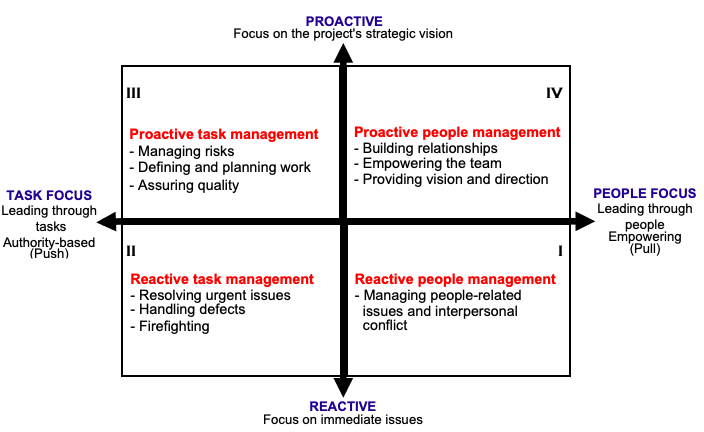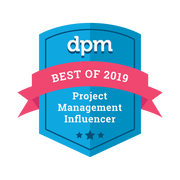- Why are we so drawn to this style of management?
- How can it be a trap that leads to poor performance and burnout?
- What would a more effective and empowering leadership style look like?
Imagine you are responsible for a project. It’s not progressing as expected and the previous manager had to leave due to personal circumstances. Now it’s your responsibility to find a new lead, and you have just the right person in mind. It’s a great project manager who knows what he is doing. He understands the subject matter and has delivered similar projects before.
A few weeks later the new manager gets started and works really hard to get the project under control. Soon after, the team knows exactly what needs to get done, and by when. The new PM isn’t afraid of rolling up his sleeves and getting work done. On the contrary – he is involved in detailed decision-making, and whenever an issue crops up, he jumps in to help. There is regular and transparent reporting on progress to senior management and they are delighted with his approach. The client is no longer in despair, but hopeful once again that the project will be delivered on time.
This is the hero project manager in action. Someone who flies in and clears up the mess. It’s a directive and hands-on management style which is popular in many organisations. It’s not difficult to spot why it’s so appealing. In the short term this pacesetting approach does have some merits. The project is picking up pace, there is a higher level of control and inefficiencies are being ironed out.
But what happens after a while? What happens when senior management keeps pushing for aggressive deadlines? What happens when the PM keeps the pressure up for long enough? Essentially, the team becomes exhausted and demotivated due to the high pace and micro management. The more control the manager applies, the more dis-empowered the team will become.
Why is this a problem? Because in an increasingly complex world we need empowered, motivated and skilled teams that can innovate. We need teams that can change course, come up with solutions to complex problems and make quick, informed decisions. The world is far from linear and we can no longer rely on the manager to sort it all out. There is simply too much complexity for that to be a viable option. We need everyone’s hearts and minds to be fully engaged.
Pacesetting isn’t wrong. It can be used effectively in the short term to raise the standard of an underperforming team. But over time it leads to exhaustion and poor performance. The team becomes burnt out and disillusioned because their efforts and ideas aren’t being appreciated.
The project manager believes they are doing the right thing and that their push-approach is the only way. They are not aware that by swapping their directive approach for one that’s more inclusive and collaborative they can create a much higher performing team. They are not aware that when they stop solving all the problems, they automatically give more power to the team and encourage people to take more ownership.
Note, that I’m not talking about a laissez-faire approach where the manager blindly trusts the team without ever challenging them. That’s not effective. What we need is engaged and challenging leaders who can align their teams around a common goal and coach them to find their own answers.
There are many ways that can help someone transform from manager to leader. Training, coaching, feedback, self-reflection and the willingness to experiment with new behaviours are all part of the journey. On our leadership programmes we train people in tools and behaviours that can help – including asking more open questions, using silence, deepening their communication, truly connecting with others, delegating, and making use of a team charter, to name just a few.
For more resources, check out:
Book:
The Power of Project Leadership
Blog Posts:
What Makes a High Performing Team
How to Become a Better Coach
How to Deepen Your Communication
How to Prevent Chronic Stress and Burnout
Innovative Leaders Ask Powerful What-If Questions
The Yin & Yang of Project Leadership





















 RSS Feed
RSS Feed